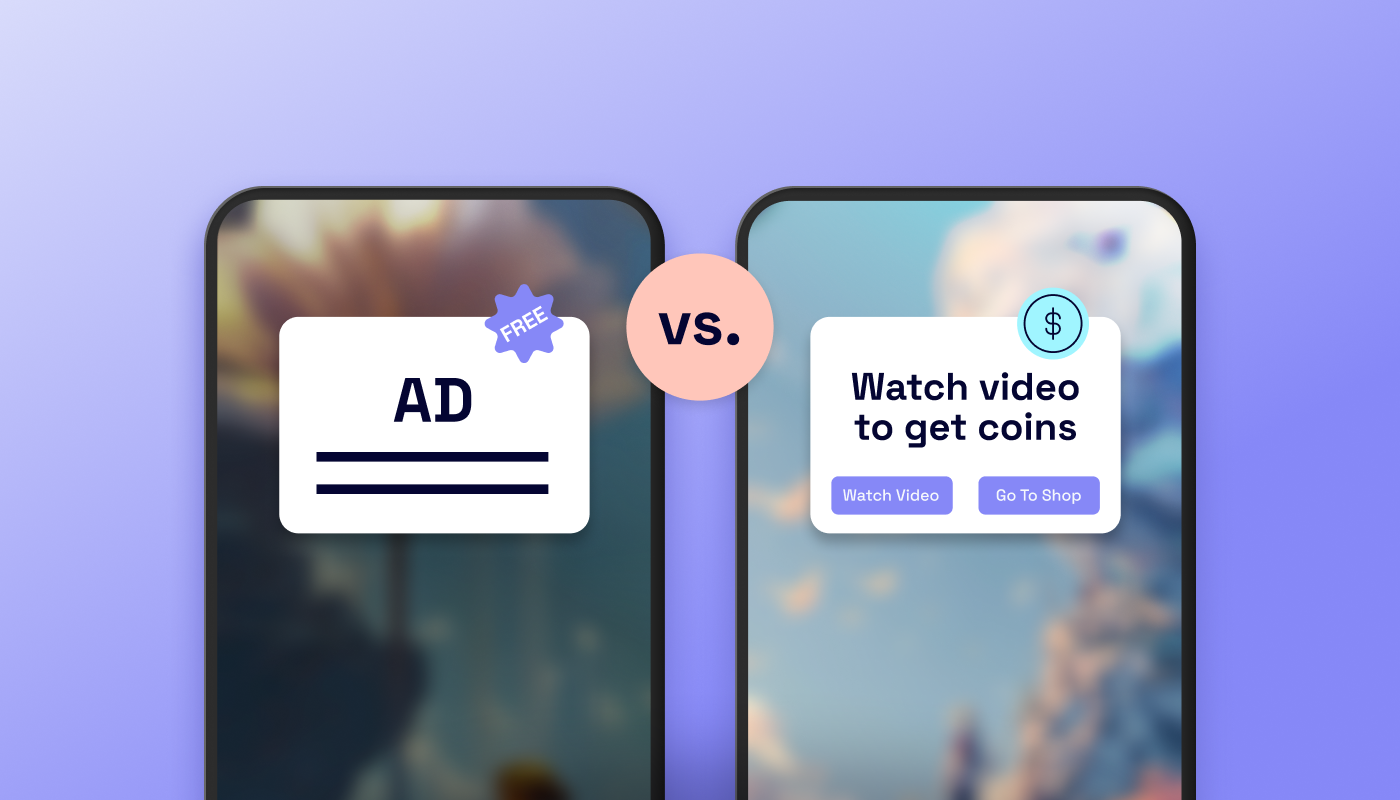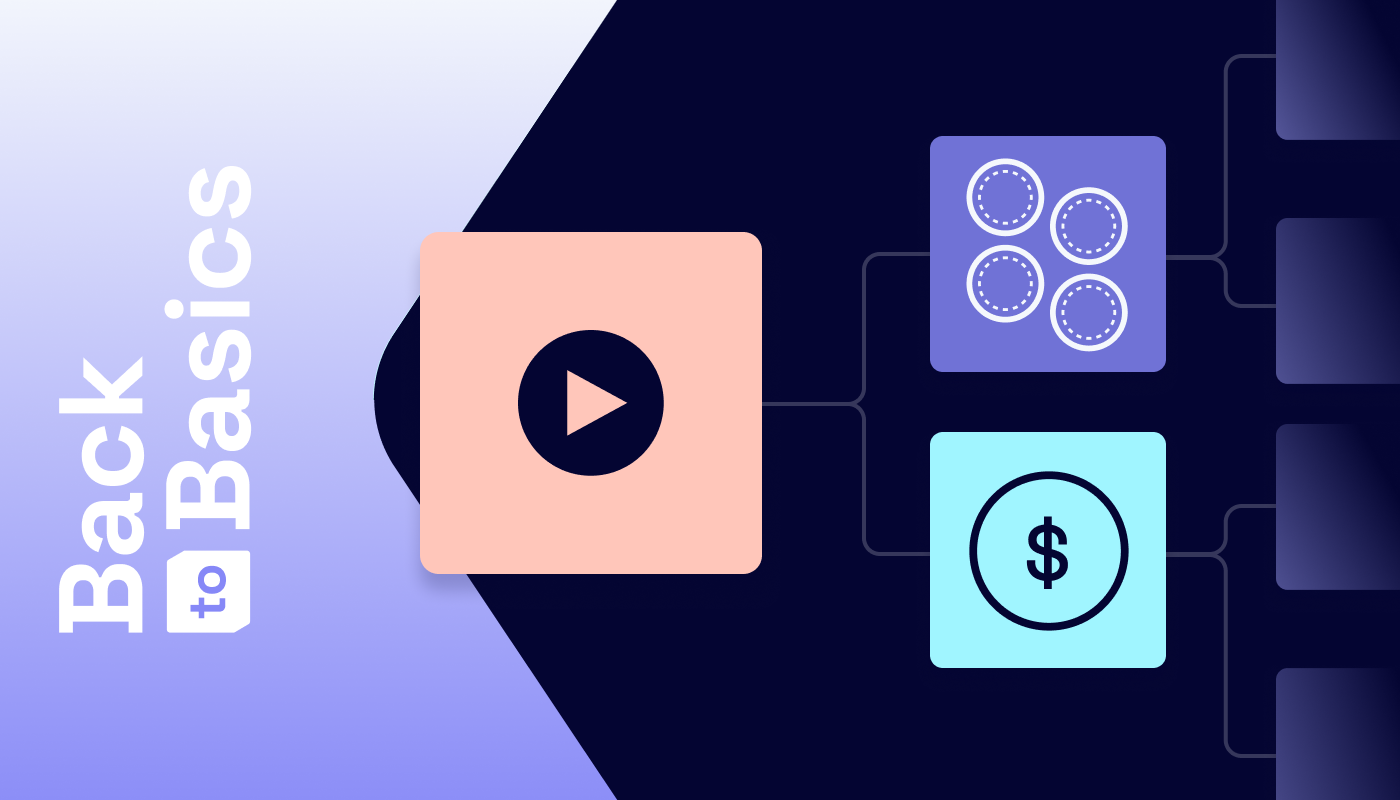Monetizing hypercasual games can be a goldmine, but it comes with a set of unique challenges. As competition continues to heat up in ad tech, many publishers fall into common traps that can significantly hinder their revenue potential. Whether it’s relying too heavily on default settings or missing out on premium demand, even small missteps can have a big impact on ad revenue and player experience.
Here are the top four monetization mistakes hypercasual publishers make — and, more importantly, how to avoid them.
Not experimenting with pricing
An often-overlooked lever in hypercasual game monetization is pricing — specifically, setting and testing competitive price floors. Many publishers rely on default settings or gut instinct when establishing bid floors, but without ongoing experimentation, they may be leaving significant revenue on the table.
Setting the right price floor ensures that your inventory isn’t undervalued. Finding the sweet spot is all about testing. By experimenting with live traffic and monitoring how demand partners respond, publishers can better understand the true value of their impressions. Run A/B tests with different floor prices to see how fill rates, eCPMs, and overall revenue shift.
Choosing the wrong ad mediation partners
Third-party ad mediation platforms have become a staple for hypercasual game publishers — and for good reason. They’re relatively easy to integrate, offer access to multiple demand sources, and can simplify day-to-day monetization management. But not all mediation solutions are created equal.
Choosing the right mediation partner is crucial for hypercasual game publishers looking to maximize ad revenue and improve overall performance. Ensure that your partners are not operating on outdated waterfall models, which are inefficient compared to modern solutions like header bidding. Instead, select partners capable of in-app bidding technology. This will grant you access to a wider range of demand sources, drastically improving your monetization outcomes.
Poor ad placement and frequency
In hypercasual games, ad placement and frequency can make or break the user experience. Many developers make the mistake of placing ads in unpredictable spots or showing them too frequently. For instance, showing an interstitial ad immediately after a rewarded video ad can leave players feeling punished, which might result in them abandoning the game altogether.
To avoid these pitfalls, it’s essential to test different ad placements and frequencies. Rewarded video ads, for example, are a great way to engage users without negatively impacting retention if placed during natural gameplay breaks. By balancing ad types and ensuring they align with player behavior, you can optimize your monetization strategy without overwhelming your audience.
Treating all ad formats equally
Not all ad formats are created equal. A one-size-fits-all approach to monetization often leads to inefficient ad placement strategies. For instance, rewarded video ads are highly popular in hypercasual games, but if used too aggressively, they can cannibalize in-app purchases (IAPs) and reduce overall revenue. Full-screen ads are best suited for players who generate lower amounts of revenue.
To avoid ad cannibalization, hypercasual publishers need to be strategic in how they integrate different ad formats into their games. Rewarded ads should be targeted to users who prefer them, while interstitial ads should be used sparingly and at the right moments. By monitoring key metrics like ARPDAU and user retention, you can optimize your mix of ad formats and improve overall revenue generation.
The key to successfully monetizing hypercasual games is to stay curious. Test often. Don’t settle for default settings. And remember, it’s not just about maximizing revenue — it’s about creating a seamless, enjoyable experience for players while ensuring long-term success.
Whether you’re rethinking your mediation setup or wondering if your current strategy is really pulling its weight, please reach out. Let’s unlock more value from your game.







